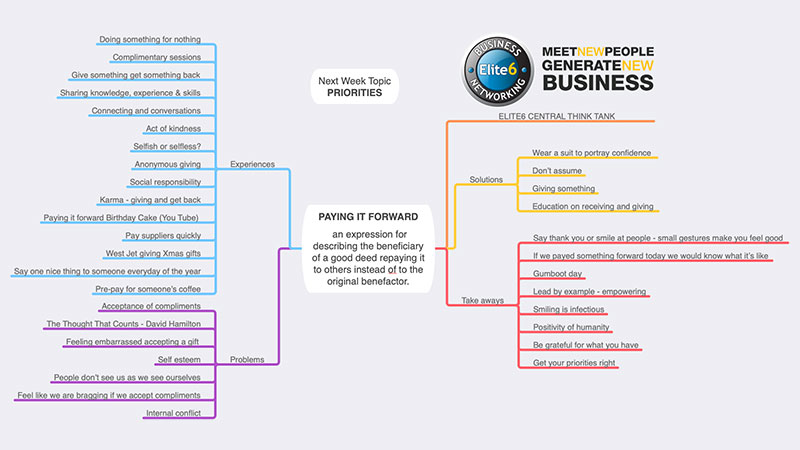
" data-"http://www.elite6.co.nz/wp-content/uploads/2019/04/Rob-Woolley-Academy-Training-1-50x50.jpg 50w, http://www.elite6.co.nz/wp-content/uploads/2019/04/Rob-Woolley-Academy-Training-1-66x66.jpg 66w, http://www.elite6.co.nz/wp-content/uploads/2019/04/Rob-Woolley-Academy-Training-1-75x75.jpg 75w, http://www.elite6.co.nz/wp-content/uploads/2019/04/Rob-Woolley-Academy-Training-1-100x100.jpg 100w, http://www.elite6.co.nz/wp-content/uploads/2019/04/Rob-Woolley-Academy-Training-1-200x200.jpg 200w, http://www.elite6.co.nz/wp-content/uploads/2019/04/Rob-Woolley-Academy-Training-1-230x230.jpg 230w, http://www.elite6.co.nz/wp-content/uploads/2019/04/Rob-Woolley-Academy-Training-1.jpg 240w" data-sizes="auto" data-orig-sizes="(max-width: 240px) 100vw, 240px" />If you can’t grow up – grow out!
Walt Disney said “dream, diversify and never miss an angle.”
Walt Disney said “dream, diversify and never miss an angle.”












Leave A Comment
You must be logged in to post a comment.